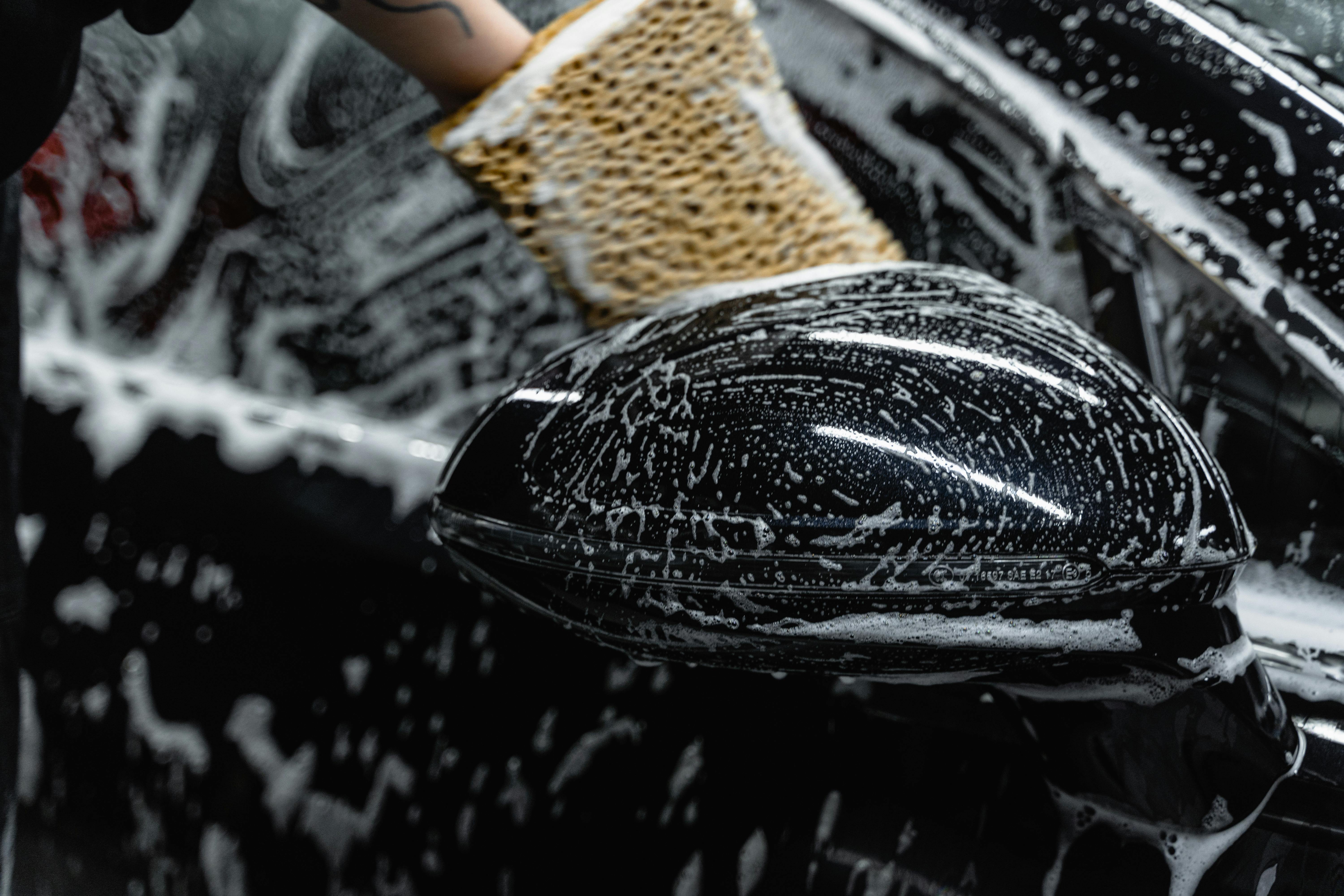Humans have tried everything imaginable to stop hair loss and regrow lost hair. They rubbed the juices of all the vegetables and fruits, and extracts of all the available herbs. However, they were unable to find any effective hair growth treatment. There are undoubtedly numerous natural and herbal treatments for hair growth, but almost all of them lack systematic studies. If we ever expect hair to grow by natural means, we must study natural remedies thoroughly. And even those with proven effects need a lot of time and patience to be effective. Another thing that makes natural remedies the least preferred option in this age of technology is their temporary results. Hairs grown through natural sources do not last long and begin to shed as soon as use is discontinued.
For now, we have three types of hair growth treatments that help naturally regrow hair to restore thicker, fuller hair. These include medical treatment, laser therapy, and surgical hair restoration.
Medical treatment for hair growth
There are a few options available to treat this through medication. These treatments actually produce better results if you take them in combination with each other. Let’s take a look at these effective FDA approved hair loss drugs.
• Finasteride: Finasteride is the generic name for the probably most effective anti-hair loss drug. This medicine treats hair loss by inhibiting the production of the hormone DHT that kills hair. DHT (dihydrotestosterone) is the most important hormone that indicates the death of hair follicles, the most common cause of androgenic alopecia or male pattern baldness. To date, inhibiting this hormone is the most effective way to stop hair loss. In addition to controlling hair loss, this medicine thickens fine hair and this has a considerable effect.
• Minoxidil: It is the second most effective treatment. It comes as a topical solution. Minoxidil is also a generic name; Famous brands of this drug include Rogaine and Hair Max. You should apply this solution on the scalp twice a day, or as prescribed by the doctor and massage for a few minutes.
• Ketoconazole: This medicine is supplied as a solution similar to a shampoo. This stimulates hair growth by keeping the scalp clean of fungus and dandruff. You should use this as a shampoo twice a week and leave the leather for 3-5 minutes on your head.
Researchers have undoubtedly studied these drugs and found them effective, they are not perfect yet. First, its effectiveness varies from person to person. One may find it very effective while another may find it minimally effective. Second, the effects of all drugs are temporary. You will keep your hair as long as you continue using these medications. Whenever you decide to stop treatment, you will lose the hair maintained by these drugs. Third, like all other medications, hair loss medications are not without side effects. You should discuss its side effects before starting treatment.
Low-level laser therapy
The low-level laser is showing some measurable results in stimulating hair growth. Currently, it is considered a convenient alternative medication with fewer side effects. However, its effectiveness is a matter of debate. So far, it has failed to show a dramatic improvement in hair density.
Surgical treatment for hair growth: hair transplantation
Hair transplantation is the most effective treatment to date. You can restore hair in balding spots effectively and predictably. Hair transplantation removes healthy, bald-resistant hair follicles that make up an area of the head and plants them in bald areas. Not all the hairs on our head are prone to baldness. While the hair on the front and crown of the head is prone to hair loss, the hair on the sides and back of the head is resistant. This procedure makes excellent use of these hair reserves on our head.
• Follicular unit transplantation: Also known as the strip removal method, FUT cuts a strip of the scalp, usually from the back of the head, and dissects to obtain the necessary hair follicles. The wound is sutured and grafts are obtained from the strip and implanted in the thinned or bald areas.
• Follicular unit extraction: FUE is a relatively newer and more advanced technique that replaces the traditional strip removal method. This technique consists of extracting the hair follicles directly from the scalp, without cutting or sewing the scalp. The follicles are removed using a specially designed piercing tool with a diameter less than 0.1mm. What makes FUE a more preferred option by surgeons and patients is its ability to extract hair follicles from areas of the body such as the chest, armpits, and legs.
• Stem cell FUE: Stem Cell FUE is the latest advancement in FUE hair transplantation. It is the fastest, safest and most effective hair transplant technique to date. Use an automated piercing tool for hair follicle extraction at the fastest possible speed. It also allows hair to grow back in the donor area, ensuring the most natural-looking results.
A hair transplant has only one limitation: the availability of donor hair. Currently, there is no way to create new hair follicles; therefore, the patient must have healthy, bald-resistant hair follicles somewhere on the scalp or body. Fortunately, most of us have enough donor hair on the scalp or on the body to create a dramatic improvement in hair density.



